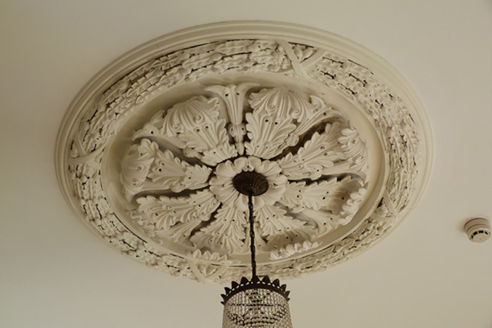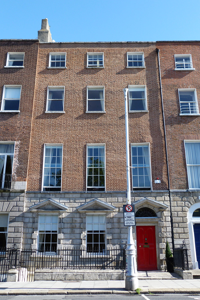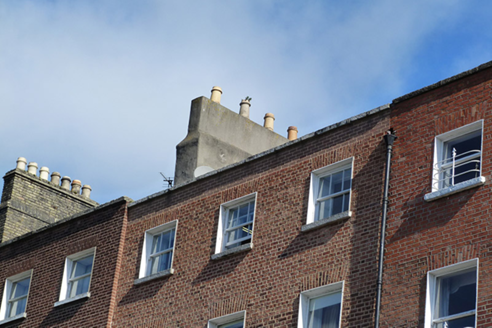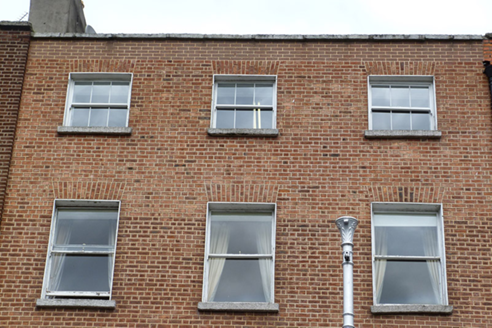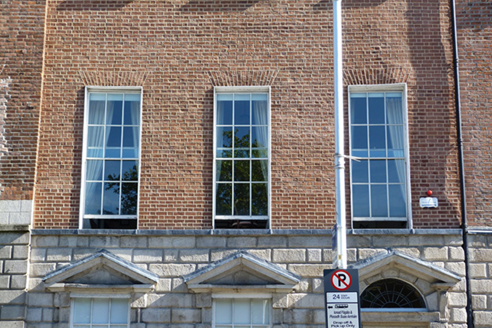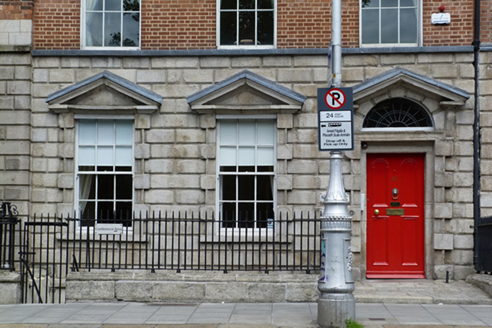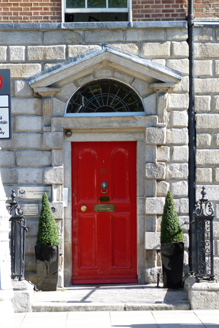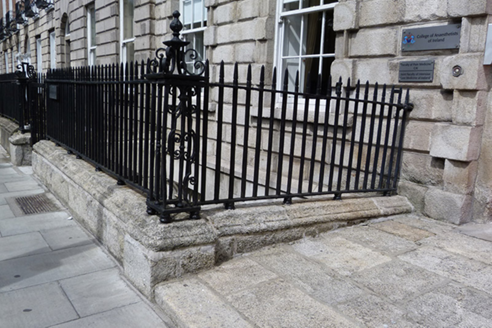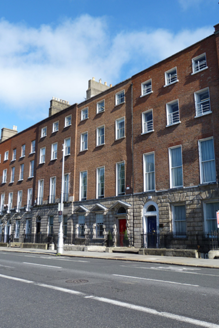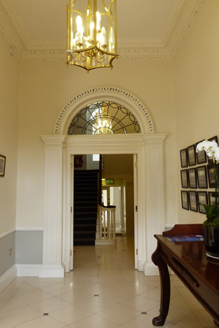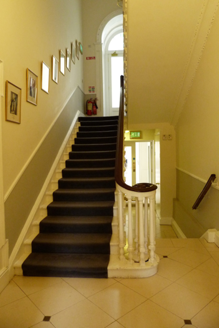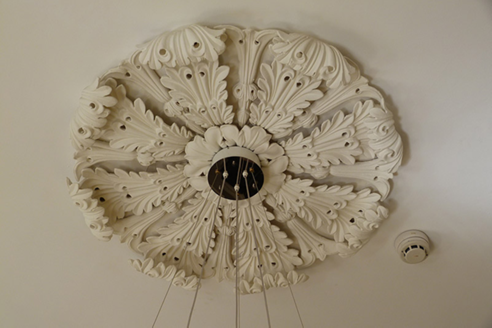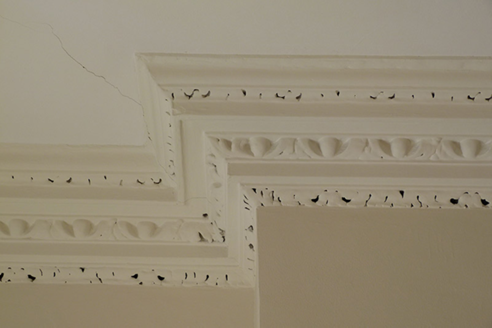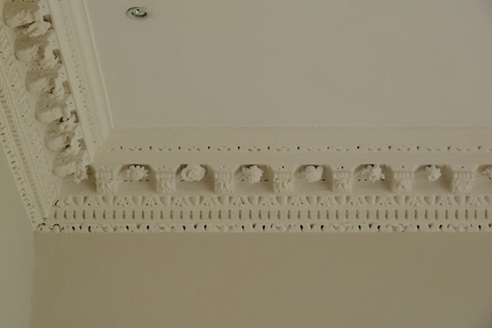Survey Data
Reg No
50100369
Rating
Regional
Categories of Special Interest
Architectural, Artistic
Original Use
House
In Use As
Office
Date
1765 - 1770
Coordinates
316753, 233634
Date Recorded
05/08/2016
Date Updated
--/--/--
Description
Attached three-bay four-storey former house over basement, built 1767-8, having four-bay two-storey over basement return to east end and lower abutment to west that continues through most of rear of plot. Now in use as offices. Pitched slate roof to front, behind rebuilt brick parapet with granite coping, rear part having shared hipped roof to east and hipped roof to west. Shouldered rendered chimneystack to length of west party wall with clay pots. Replacement uPVC rainwater goods to east end of front. Flemish bond brown brick walls to upper three floors, rusticated granite walls to ground floor over granite plinth course, and rendered walls to basement; brick walls to rear. Square-headed window openings, diminishing in height to upper floors, with raised rendered reveals and painted granite sills; ground floor having carved granite block-and-start surrounds and granite pediments and sills. Brick walling to rear; rendered walling to return. Timber sliding sash windows, three-over-three pane to top floor, one-over-one pane to basement with wrought-iron grilles, and six-over-six pane elsewhere; apparently timber sash windows to rear, three-over-three pane to top floor and six-over-six pane (including round-headed stairs window) and one-over-one pane elsewhere. Round-headed entrance doorway with carved granite block-and-start surround, granite lintel, granite pediment on scrolled brackets, peacock's tail fanlight and four-panel timber door with brass furniture. Granite platform with remnant of cast-iron boot-scrape and granite step. Wrought-iron railings enclosing basement area with decorative wrought and cast-iron corner posts on carved granite plinth. Entrance hall has tiled floor, timber dado rail, egg-and-dart plasterwork cornice and plaster ceiling rose; segmental-headed doorway to stairs hall has panelled pilasters and moulded entablature, decorative leaded peacock's-tail fanlight and ornate archivolt; stairs hall has timber open-string staircase with turned balusters, paired newel posts and mahogany handrail; ground floor front room has panelled window shutters and window backs, egg-and-dart cornice, plaster ceiling rose and marble chimneypiece to west; first floor front room has deep timber skirting, chair rail, dentillated cornice, plaster ceiling rose, marble chimneypiece to west wall and lugged-and-kneed doorways with flat panelled doors. Rearmost part of plot has recent three-storey block of apartments or offices with forecourt and recent masonry boundary wall.
Appraisal
No. 22 Merrion Square was built for the plasterer, Francis Ryan and plumber, Thomas Sherwood. The work of a skilled mason is evident in the well-executed granite surrounds to the ground floor openings, the pediments being unique on the square. The interior is embellished with good plasterwork details and joinery. It was erected as part of the original development of the Georgian square. Laid out as part of the Fitzwilliam Estate, Merrion Square is one of the best-preserved Georgian streetscapes in Ireland or Britain. The north, east and south sides of the square are lined with terraced houses of eighteenth and nineteenth-century date, while the west side is terminated by the garden front of Leinster House. The houses maintain a relatively uniform building height and design, attributed to standards promoted in Fitzwilliam's leases. Individuality was introduced through the design of doorcases, window ironwork and interior decorative schemes.
